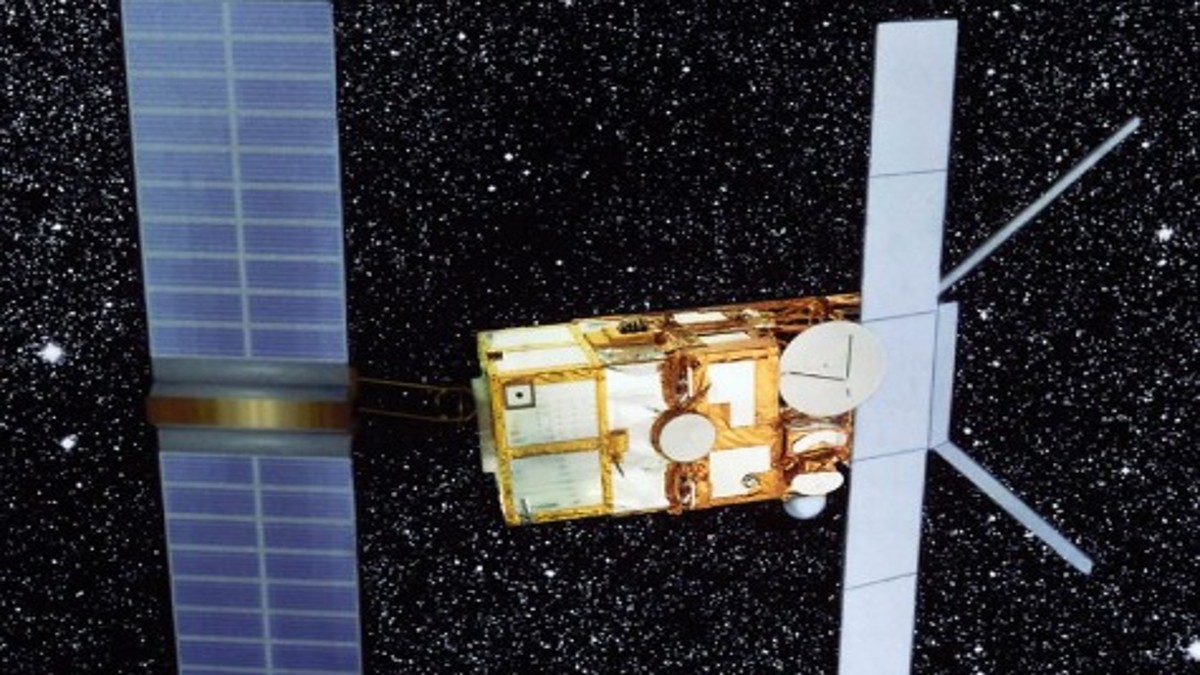Researchers have discovered the very first known prehistoric human that may lead to the discovery of a completely new species that lived on Earth 10,000 years ago.
According to a new study . the newly discovered big-toothed human, “Penghu 1,” gives weight to the argument that Homo sapiens were not the only species living in Europe and Asia between 200,000 and 10,000 years ago.
Peghu 1 adds to the list of Neanderthals, Denisovans and Homo floresiensis, that anthropologists have said lived in Europe and Asia within that time frame and may have even co-existed peacefully and interbred with our species.
“The available evidence at least does not exclude the possibility that they survived until the appearance of Homo sapiens in the region, and it is tempting to speculate about their possible contact,” co-author Yousuke Kaifu told Discovery News .
Pengu 1’s key feature is its jawbone with big teeth still in it. According to the Daily Mail _,_ fishermen dredged up the jawbone off the coast of Taiwan in Penghu Channel.
Lead author Chun-Hsiang Chang and his team recognised the importance of Penghu 1, which they theorise could represent a new human species of Homo erectus. According to him,“Penghu 1 is a national treasure in Taiwan and is well preserved at my museum with high security.”
He and his colleagues believe that, due to its size, the jawbone came from an adult individual and possibly a senior, “because its teeth are worn severely,” Chang said.
The jawbone’s size further reveals that Penghu 1 was not a dwarf, unlike tiny Homo floresiensis, which lived on the island of Flores, Indonesia, where other animals were also smaller than usual.
Penghu 1 instead lived on what was then mainland Asia in an ecosystem that included many other animals.
According to Discovery News , Bernard Wood of George Washington University’s Center for the Advanced Study of Human Paleobiology, says this jaw was not from a modern human and it may belong to an ancestor or a descendant of Homo erectus.
Wood continued, “We know precious little about human evolution in China and Southeast Asia at this time, so the possibility that more fossil evidence may come from the seabed in the Penghu Channel is an exciting prospect.”


)




)
)
)
)
)
)
)
)